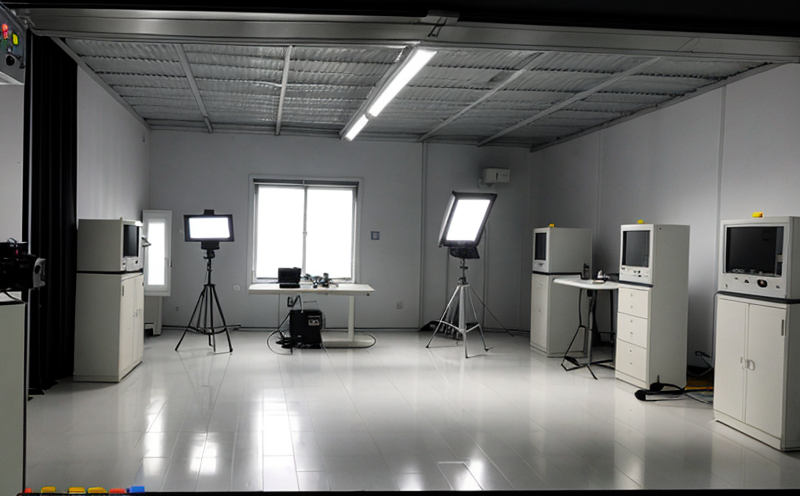CIE 63 Photometric Testing of Daylighting and Skylight Systems
The CIE (Commission Internationale de l'Eclairage) Publication No. 63 provides a standardized method for the photometric characterization of daylighting systems, including skylights and other similar assemblies. This testing is crucial in ensuring that these systems meet specific performance criteria related to light distribution, uniformity, and efficiency.
Daylighting systems are designed to harness natural sunlight into interior spaces, reducing reliance on artificial lighting and thereby contributing to energy savings and improved indoor environmental quality. The photometric testing outlined by CIE 63 ensures that these systems deliver the intended benefits accurately and consistently across various conditions.
The process involves measuring the luminous flux, light distribution, and uniformity of the daylighting system under controlled conditions. This typically includes using a standard test sphere or integrating sphere to capture the emitted light from the specimen. The testing apparatus must adhere strictly to international standards such as CIE 63 and ASTM E1275.
Specimen preparation for this type of testing is meticulous. The daylighting system must be installed in a manner that simulates real-world conditions, including orientation, shading devices, and surrounding surfaces. This ensures that the test results accurately reflect how the system will perform under typical use scenarios.
The instrumentation used in CIE 63 photometric testing includes high-precision photometers capable of measuring both luminous flux and illuminance across a range of wavelengths. The equipment must be calibrated regularly to maintain accuracy, adhering to ISO standards for calibration procedures.
One key aspect of this testing is the evaluation of light distribution patterns. This involves mapping the intensity of light at various points within the test sphere or integrating sphere. The results are analyzed to ensure that the system meets specified criteria regarding uniformity and brightness levels, which are critical factors in determining the efficacy of the daylighting system.
The testing also includes evaluating how well the system reduces glare and minimizes hotspots, both of which can adversely affect visual comfort and performance. This is particularly important for ensuring that the system meets human-centric lighting (HCL) principles, which prioritize occupant health and well-being by creating comfortable light environments.
The results of this testing are typically reported in terms of luminous flux, illuminance distribution maps, and other relevant metrics. These reports serve as a critical tool for quality assurance, compliance verification, and R&D purposes. They help ensure that the daylighting system meets not only technical specifications but also aesthetic and functional requirements.
Understanding the real-world implications of photometric testing is essential for stakeholders in this sector. For example, architects and engineers can use these results to optimize design parameters, ensuring that the daylighting systems they specify will meet expected performance levels. Compliance officers can verify adherence to regulations, while R&D teams can refine their designs based on test outcomes.
- Customer Impact: Improved energy efficiency and reduced operational costs for building owners.
Satisfaction: Enhanced occupant well-being through optimal lighting conditions. - Performance: Verified compliance with international standards like CIE 63, ensuring consistent quality across installations.
Quality: Precise measurement and analysis of light distribution patterns for accurate performance evaluation.
Why It Matters
The CIE 63 photometric testing is vital in the lighting sector as it ensures that daylighting systems are both effective and efficient. By adhering to this standard, manufacturers can guarantee that their products perform consistently across different environments. This not only enhances product reliability but also fosters trust among clients and stakeholders.
For compliance officers, verifying adherence to international standards is essential for regulatory compliance. It ensures that the lighting systems meet legal requirements and industry best practices, reducing potential risks associated with non-compliance. In addition, this testing supports sustainable building practices by promoting energy-efficient solutions.
R&D engineers benefit from photometric testing as it provides valuable insights into how different design parameters affect system performance. This information is crucial for innovation and development of new technologies that can further enhance the capabilities of daylighting systems.





